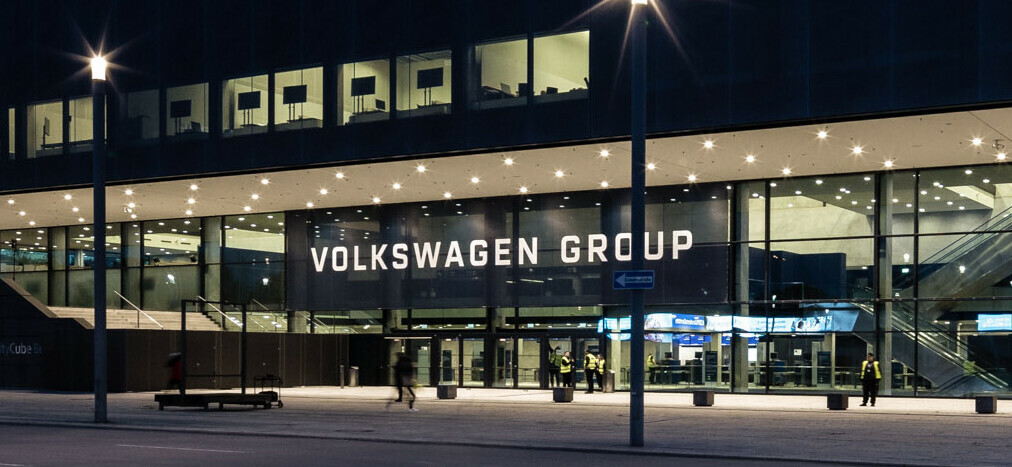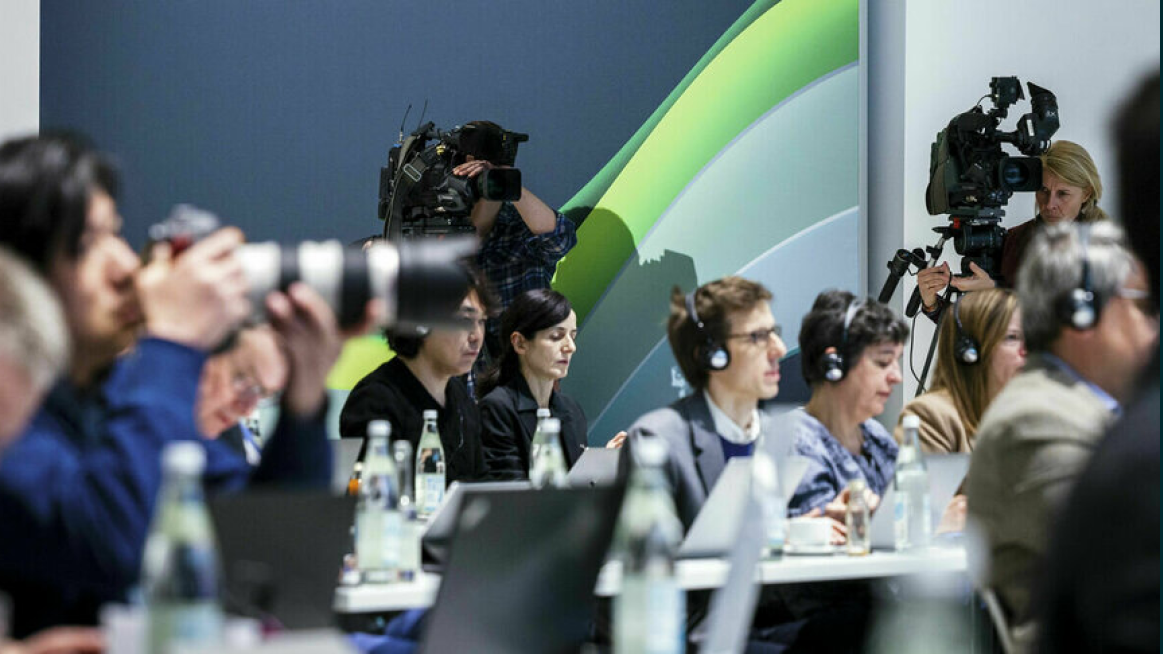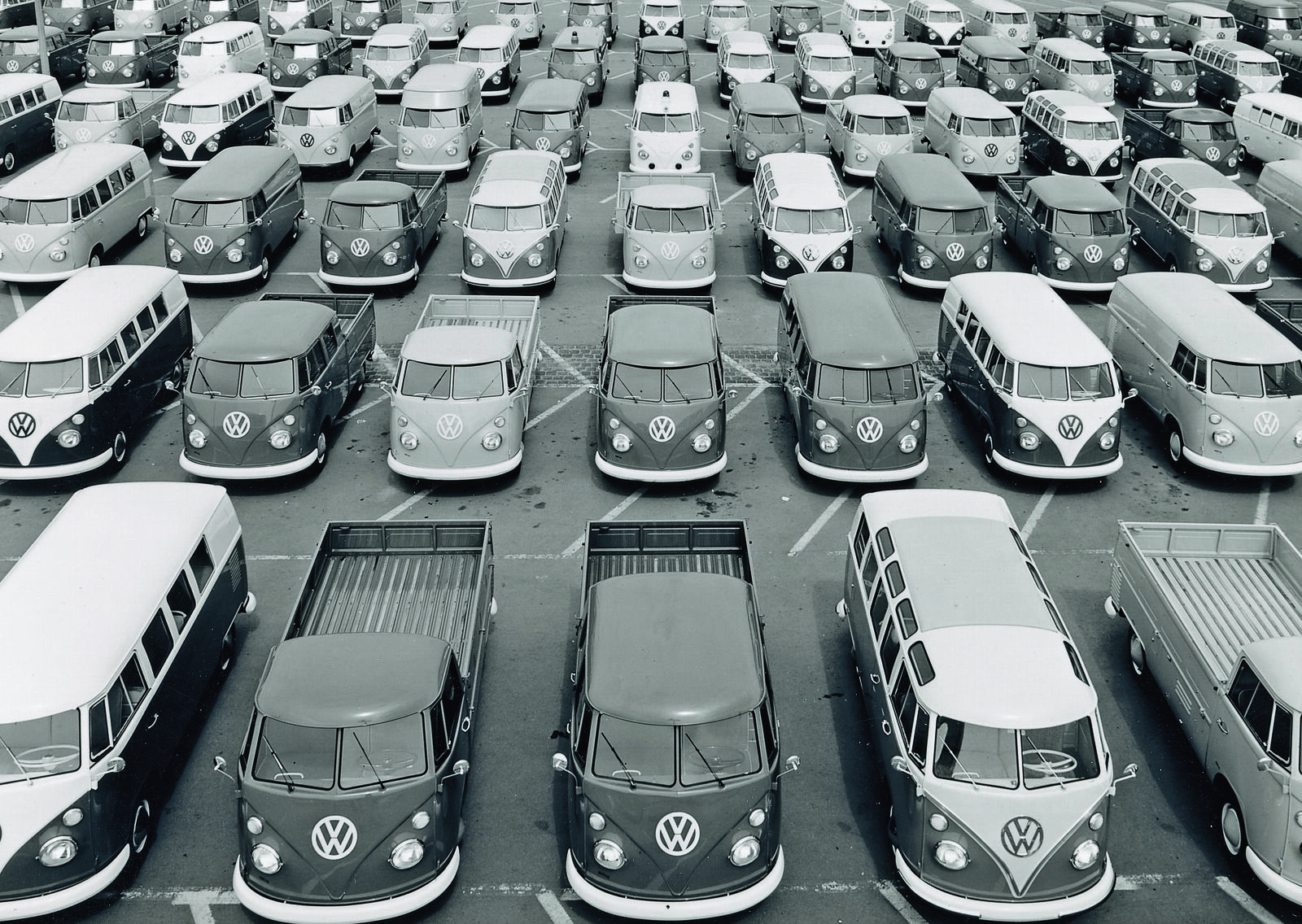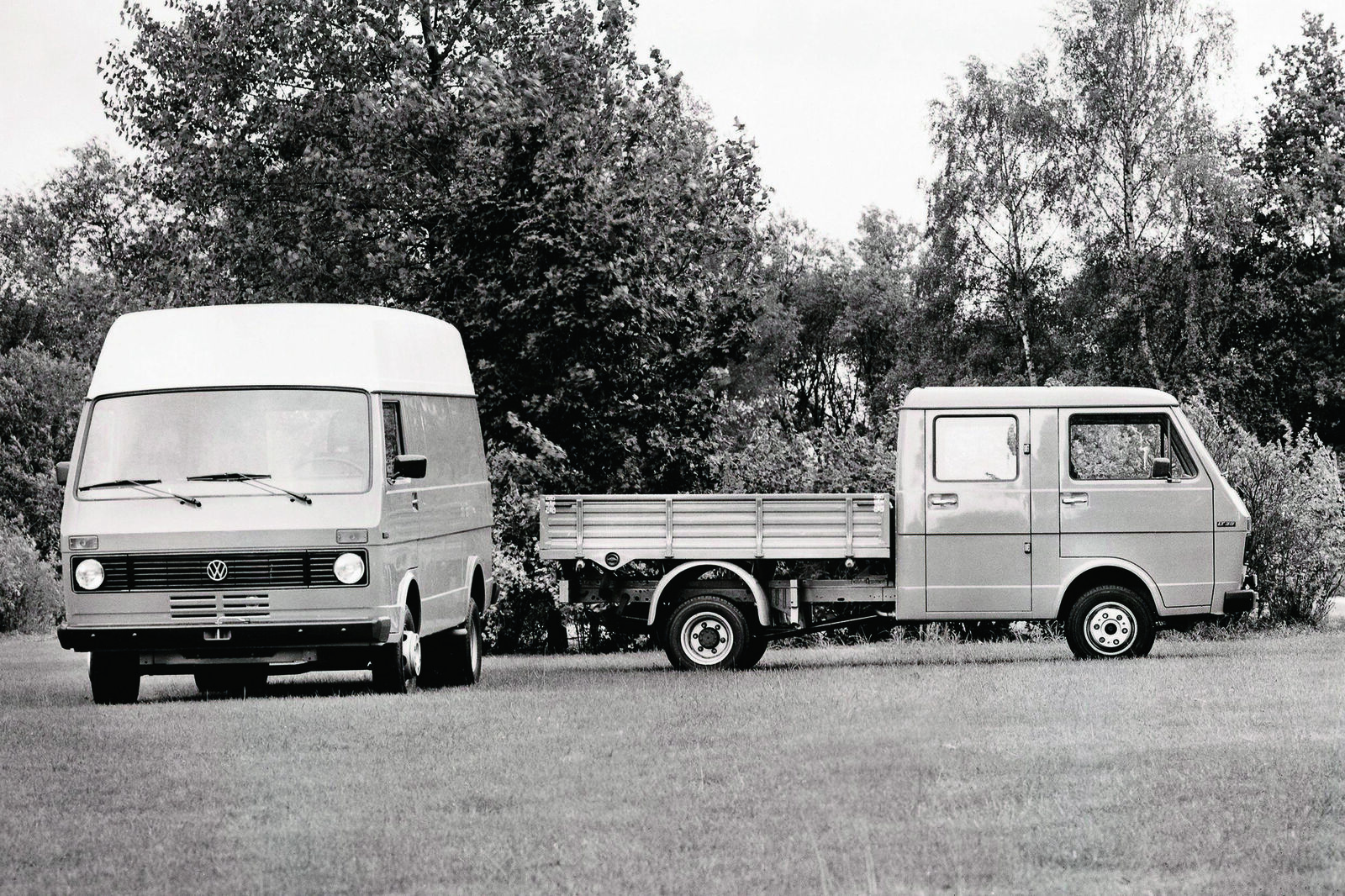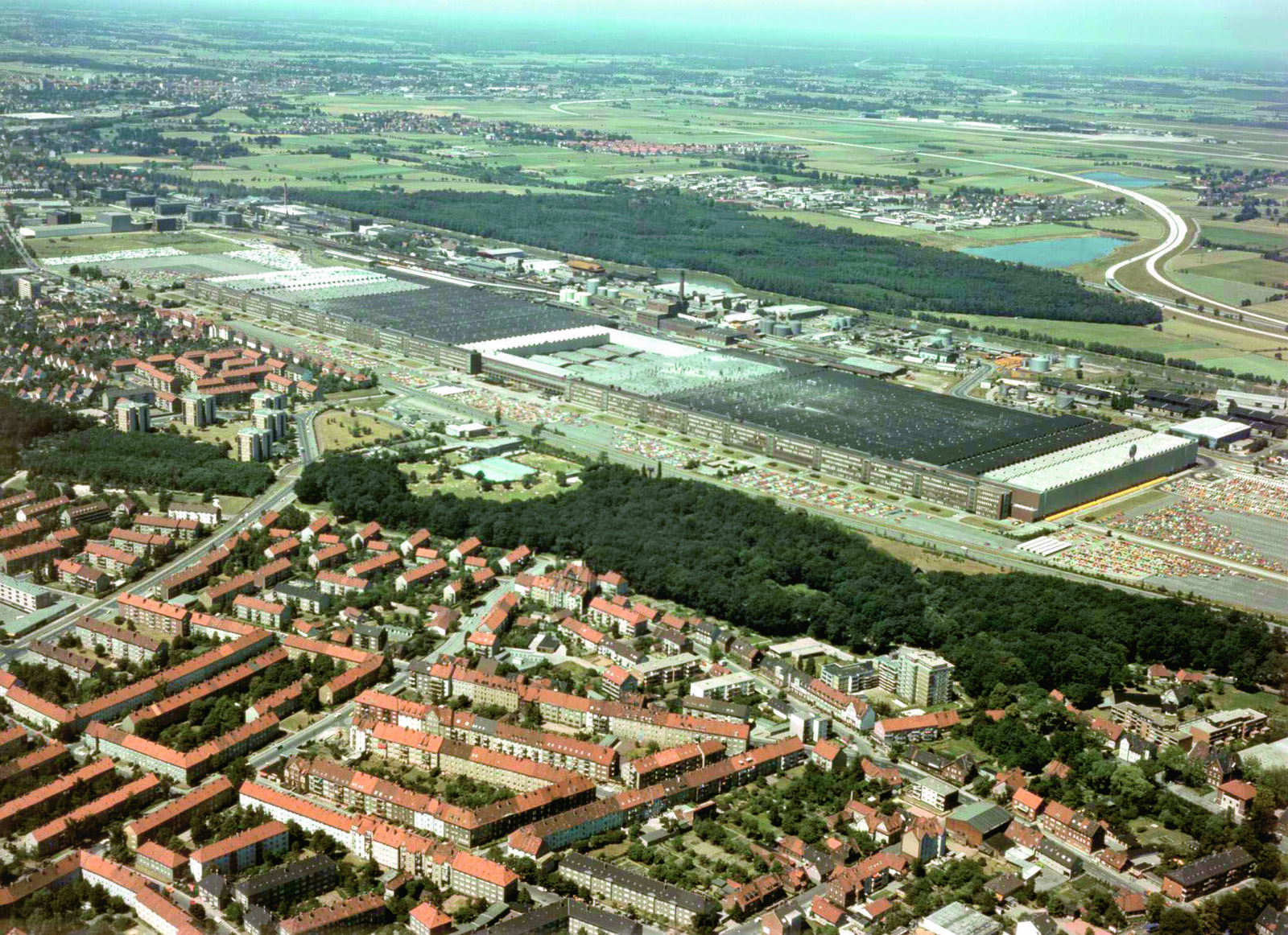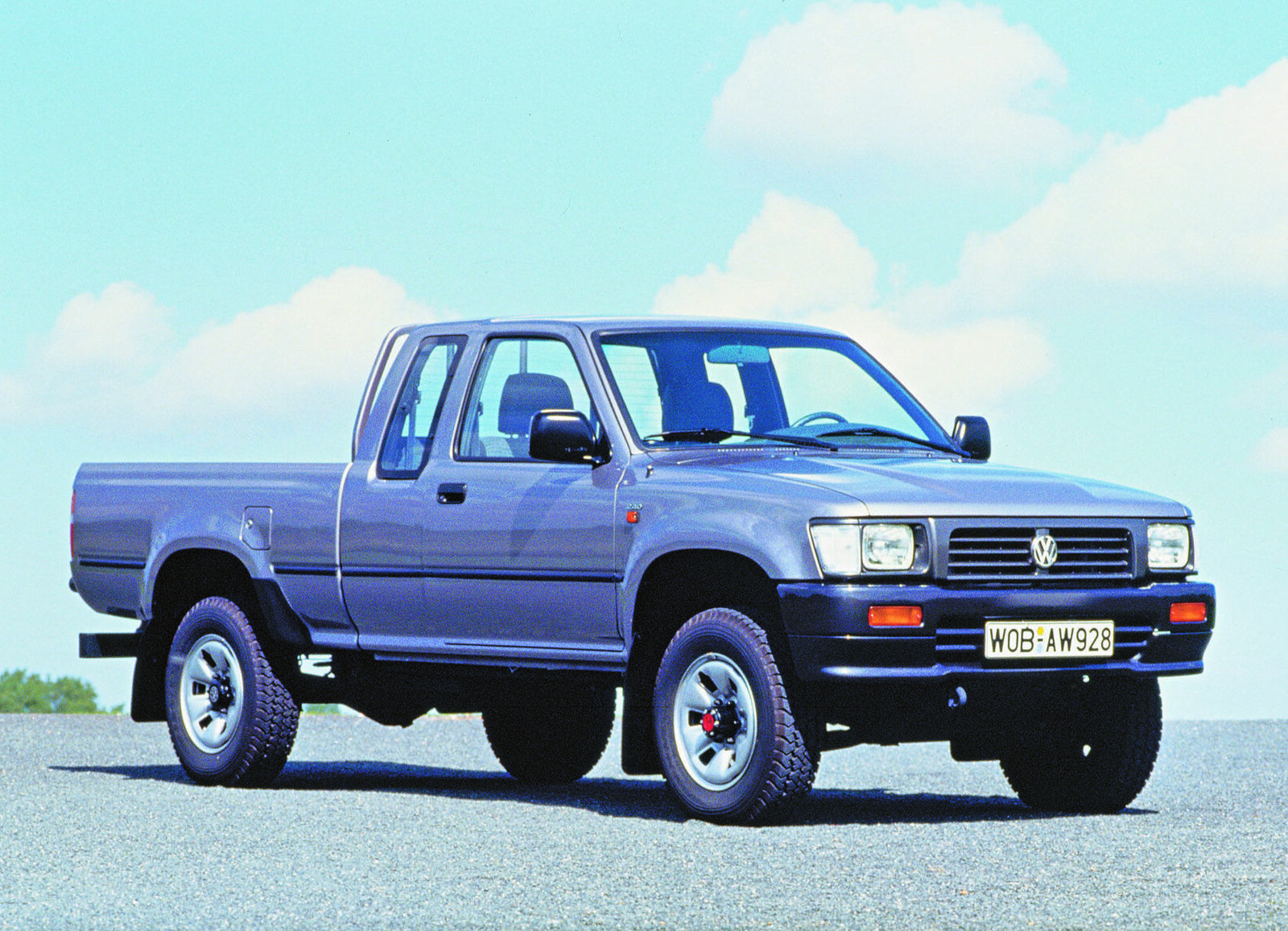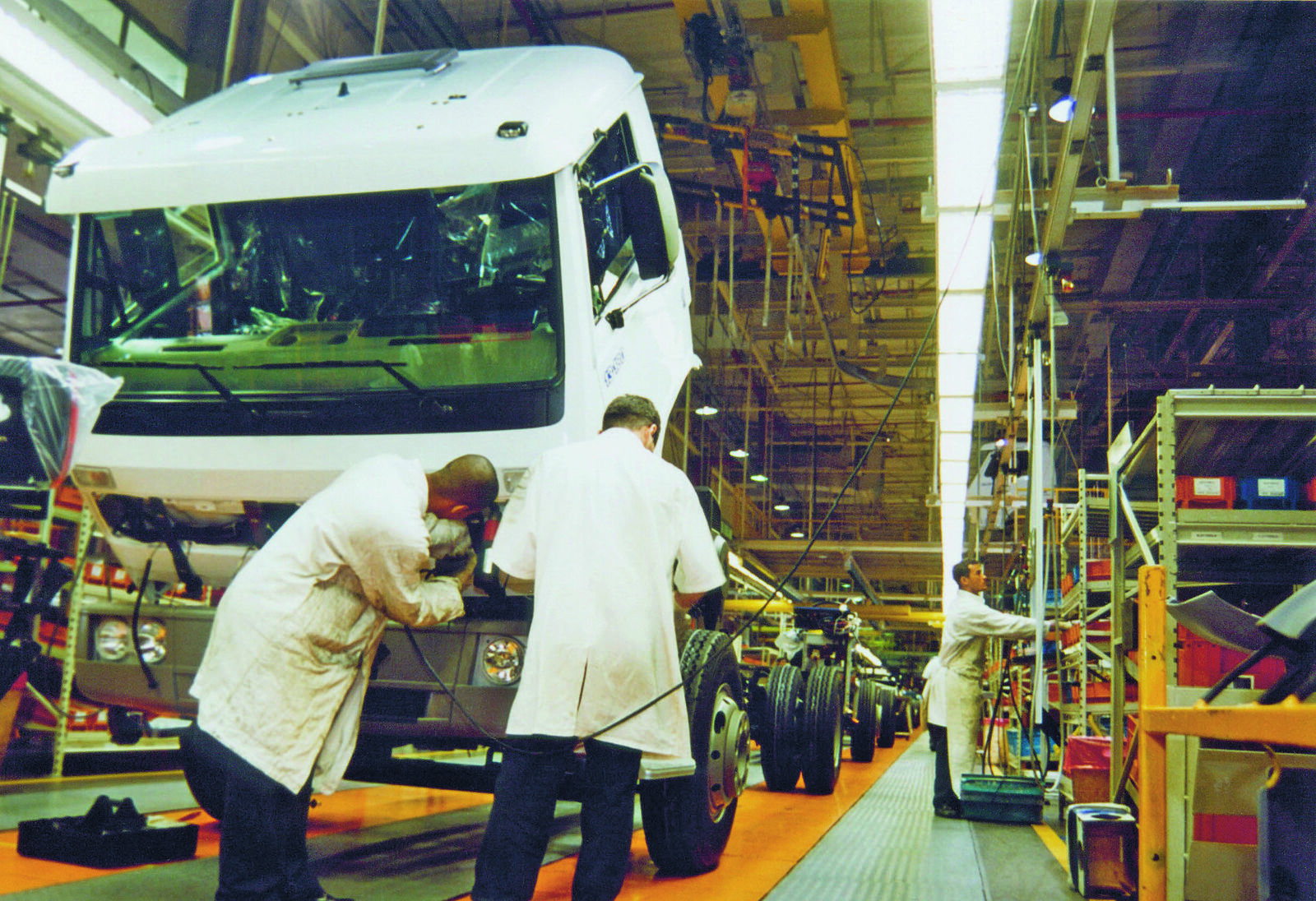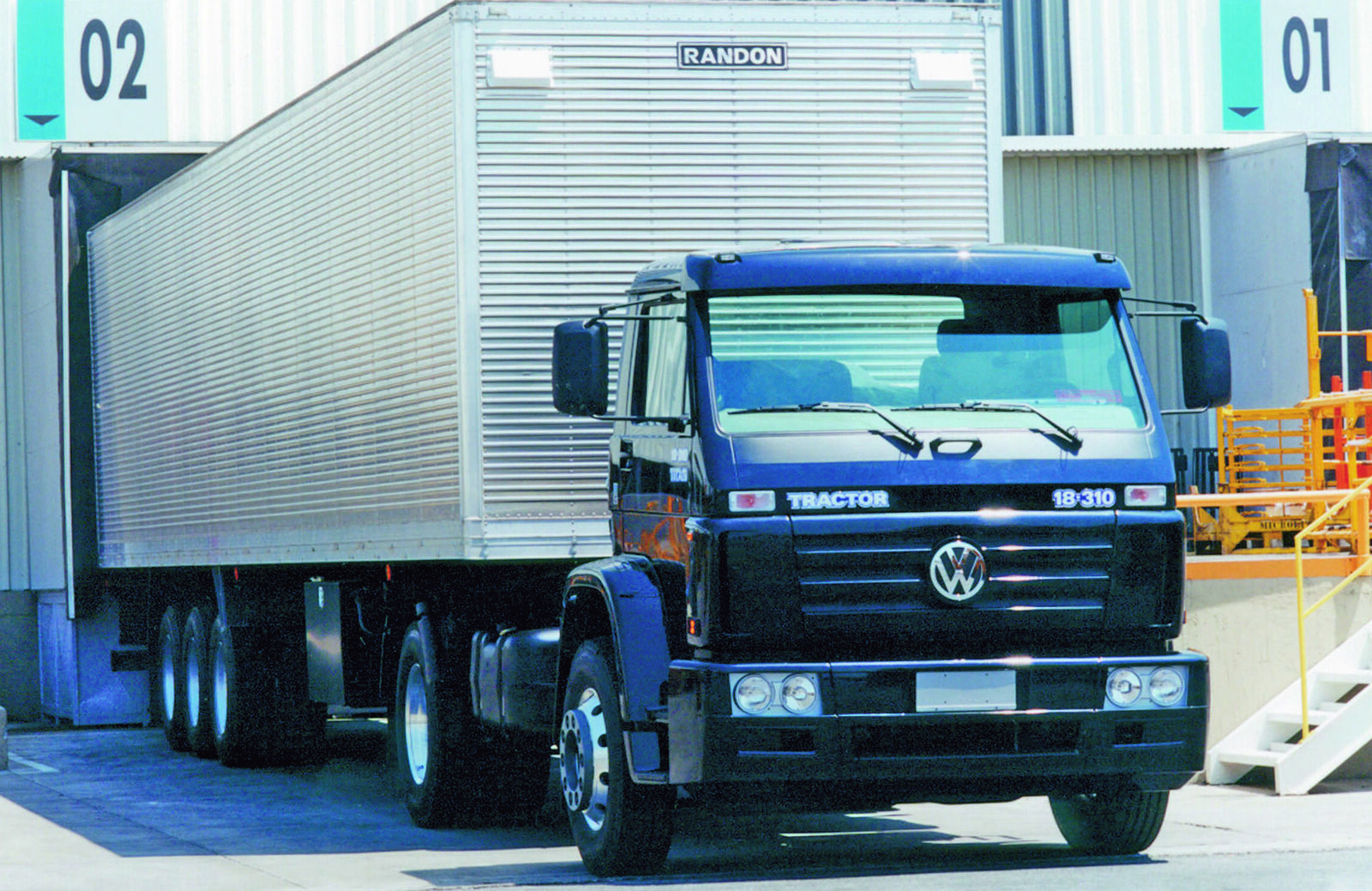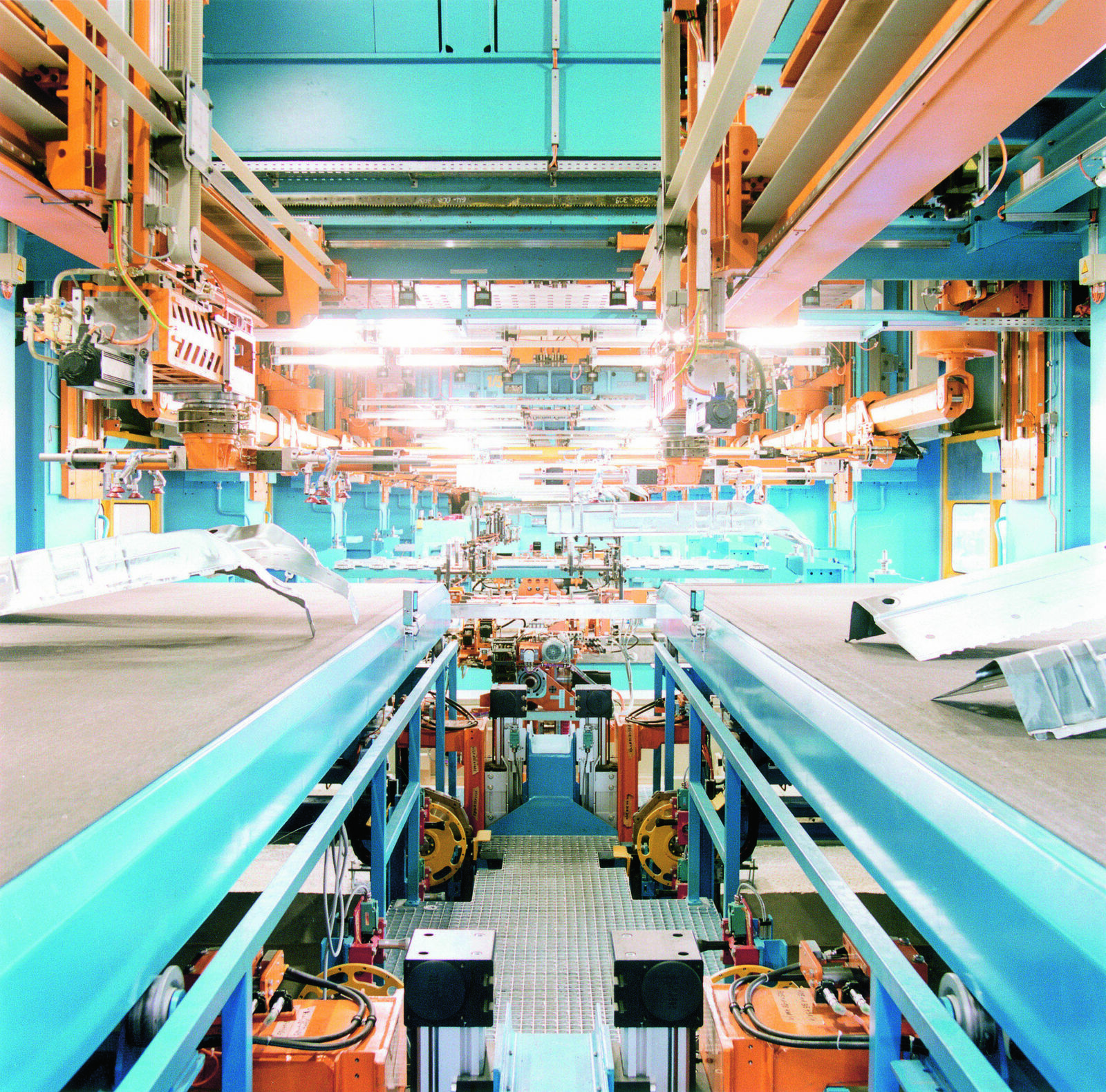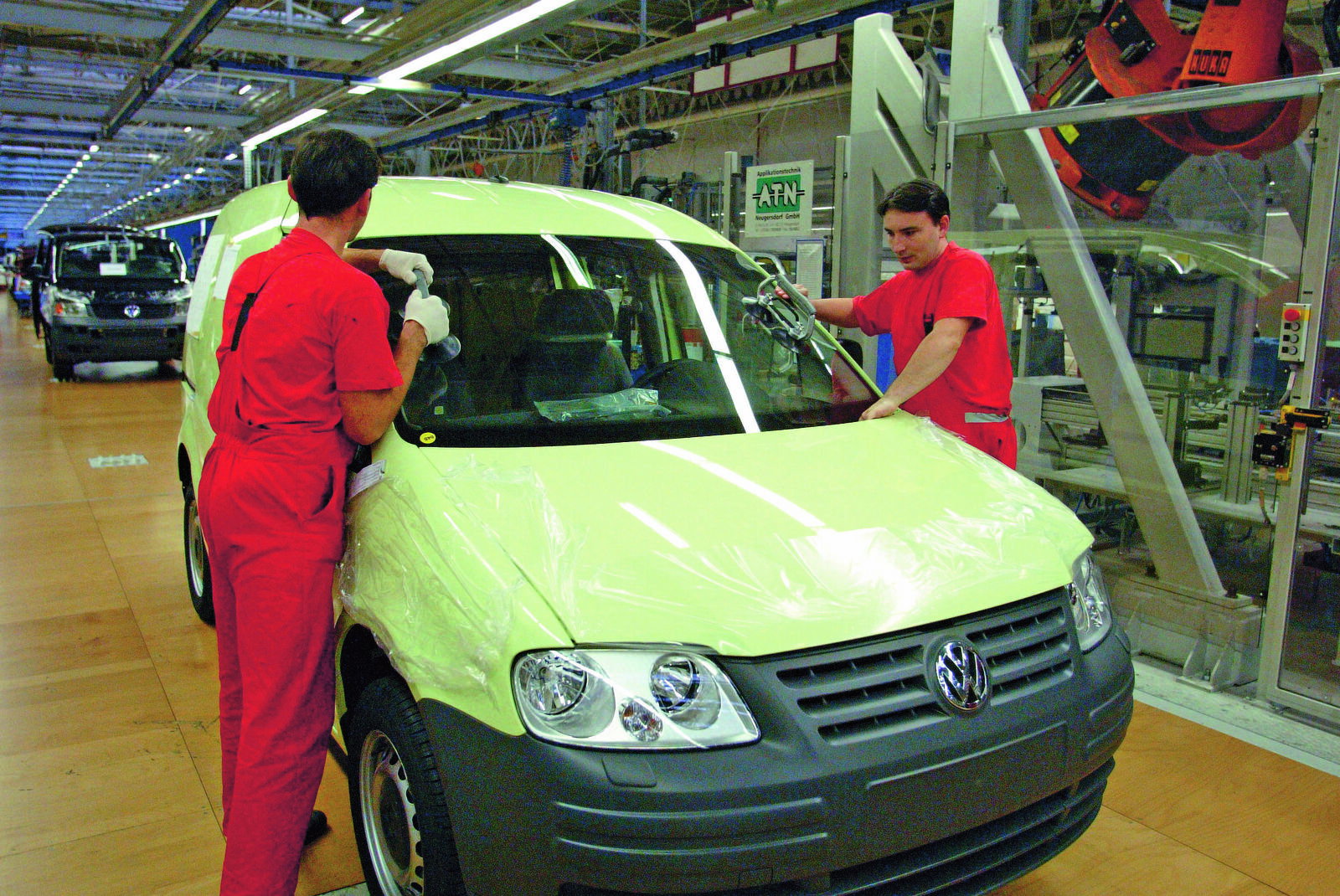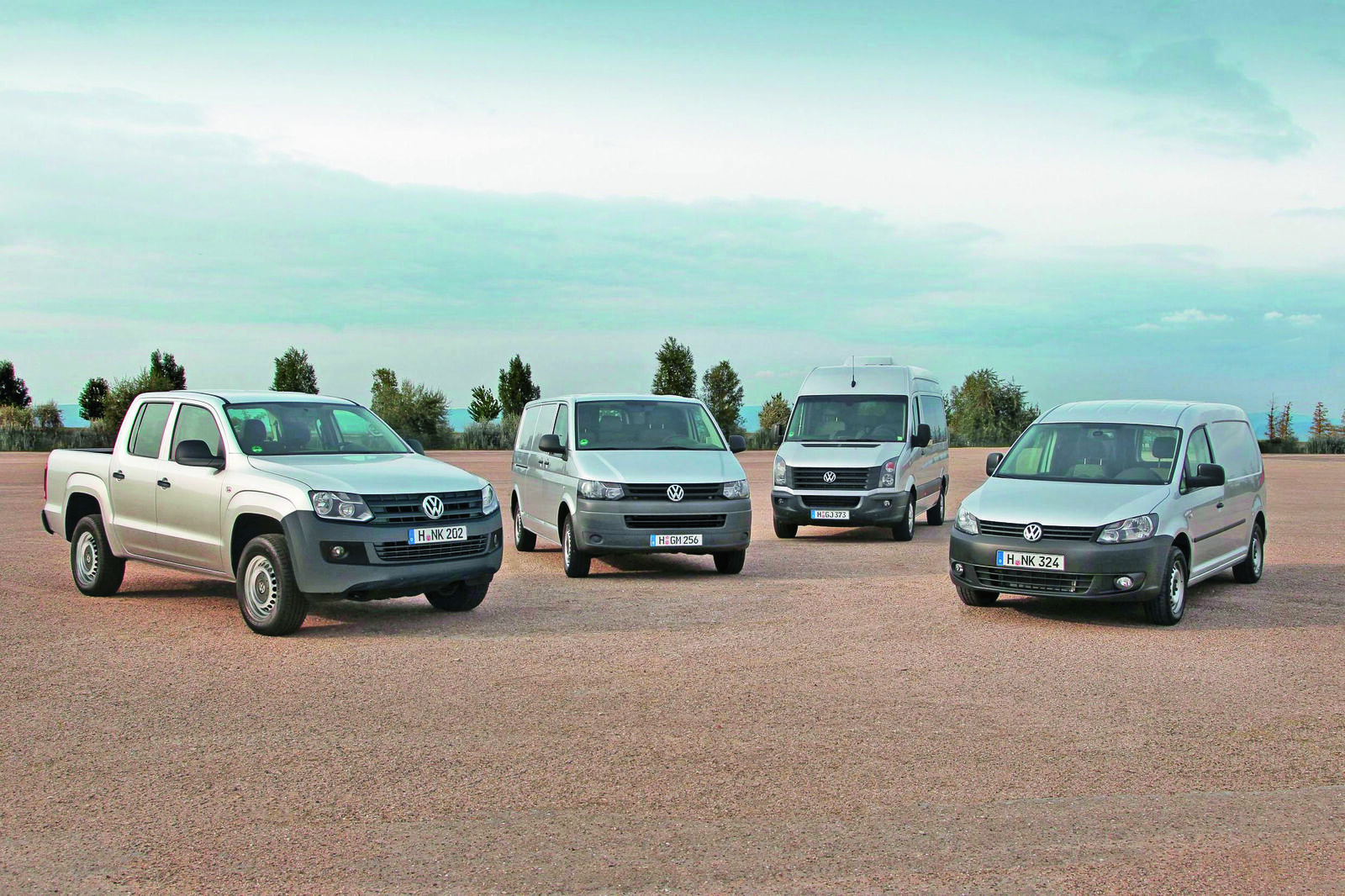The history of Volkswagen Commercial Vehicles began with the legendary Transporter. Dutch Volkswagen importer Ben Pon first produced a sketch of the new model in 1947. Developed from 1948 onwards as the Type 29, the rear-engined three-quarter tonne box van was presented to the media on November 12, 1949 and went into production in Wolfsburg on March 8, 1950. It created a new vehicle class, and established what has remained the essential cornerstone for the success of Volkswagen’s commercial vehicles business to this day.
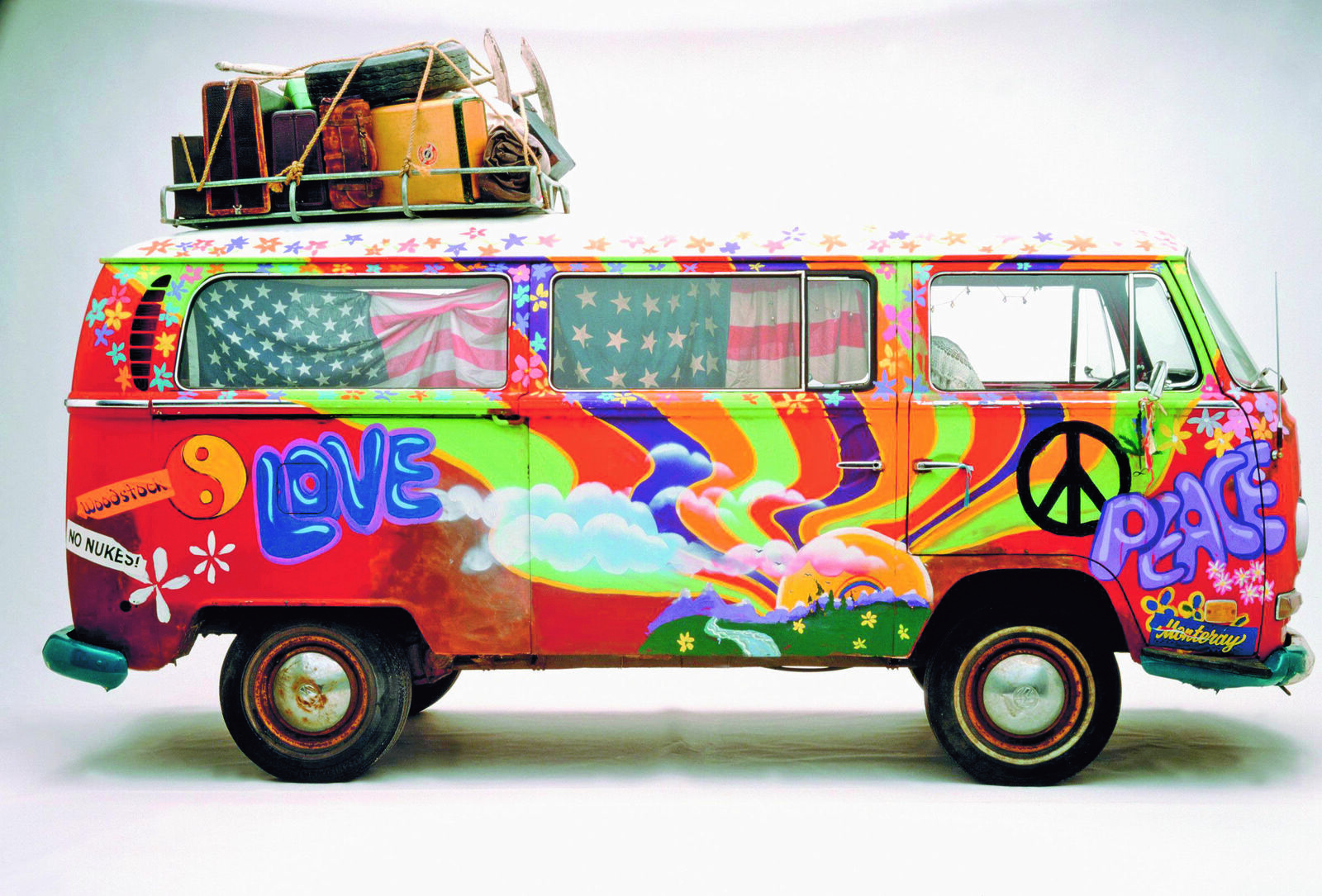
The multi-functional Transporter was launched at the right time to satisfy Germany’s hunger for mobility in the era of reconstruction and the post-war economic miracle known as the Wirtschaftswunder. Between 1950 and 1960, strong demand, especially from small businesses in Germany and elsewhere around Europe, boosted production from about 8,000 to 151,000 units per year. In 1954, domestic sales were already overtaken by exports, which were roughly double the sales in Germany from 1958 onwards. The capacity available at Wolfsburg was simply inadequate to meet such strong demand from abroad, especially since booming Beetle sales were keeping the production lines busy. As a result, Transporter production was relocated to the new plant at Hanover, where the first vehicles were assembled in March 1956. In September 1957, production of the Transporter also started at Volkswagen do Brasil, and the versatile all-rounder was to play a key role in the subsequent industrialisation of Brazil.

